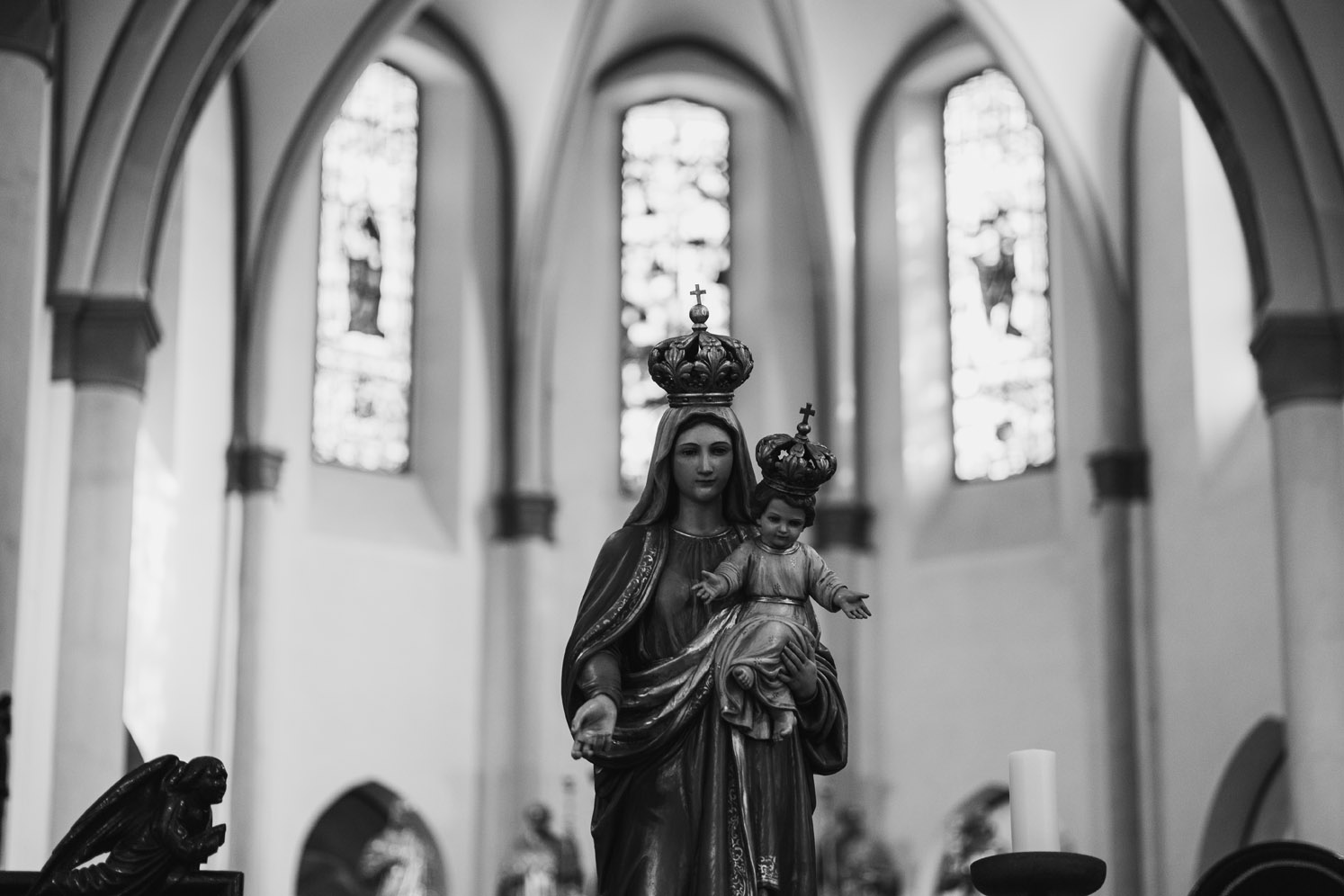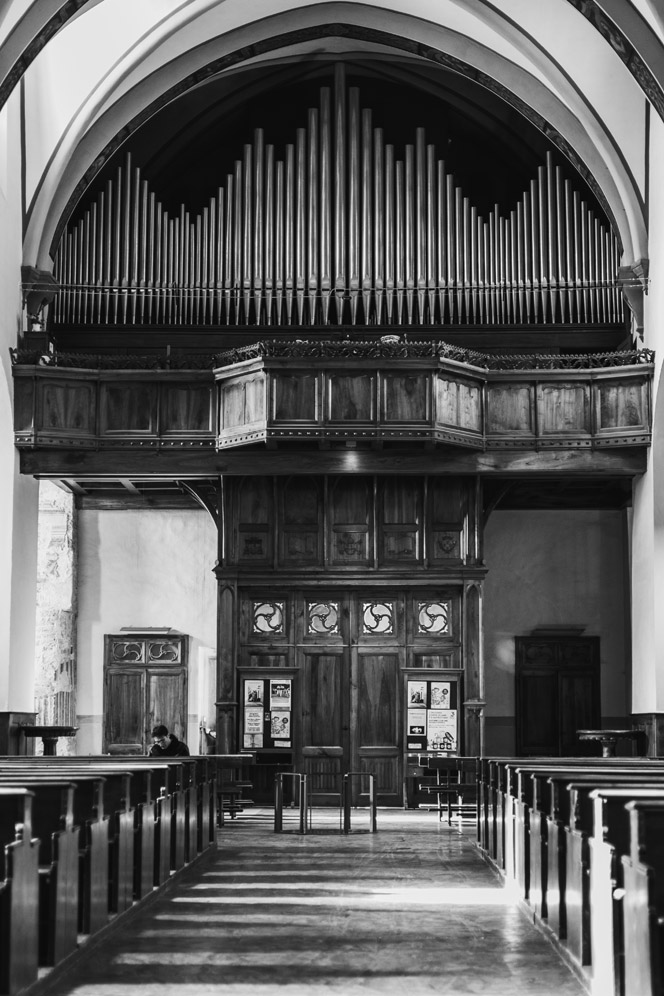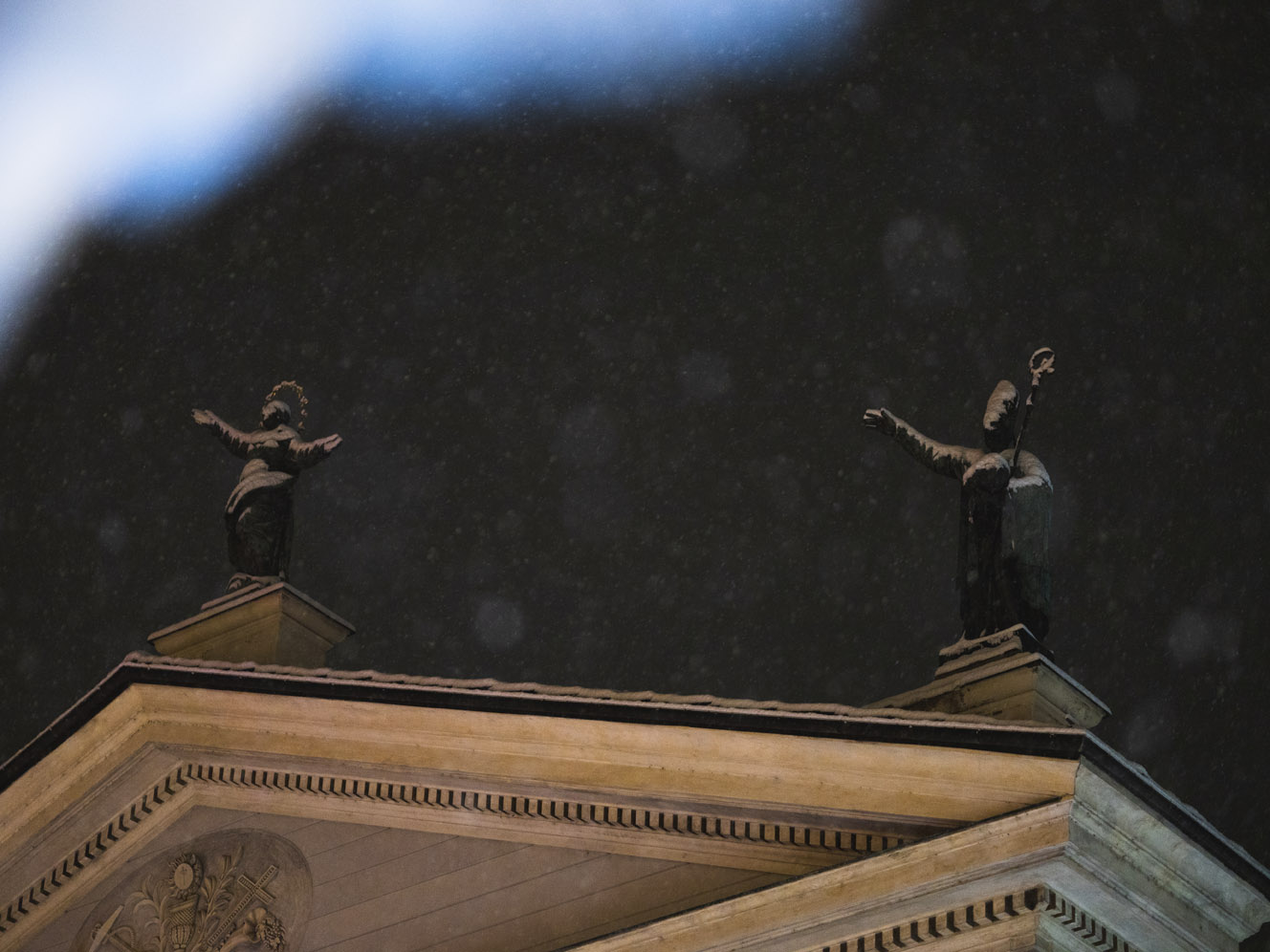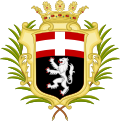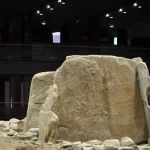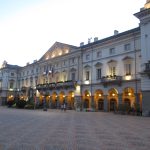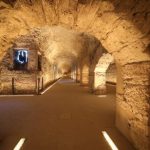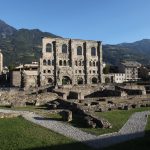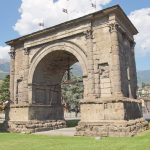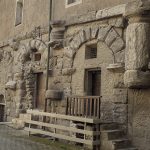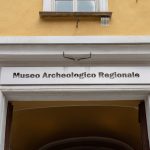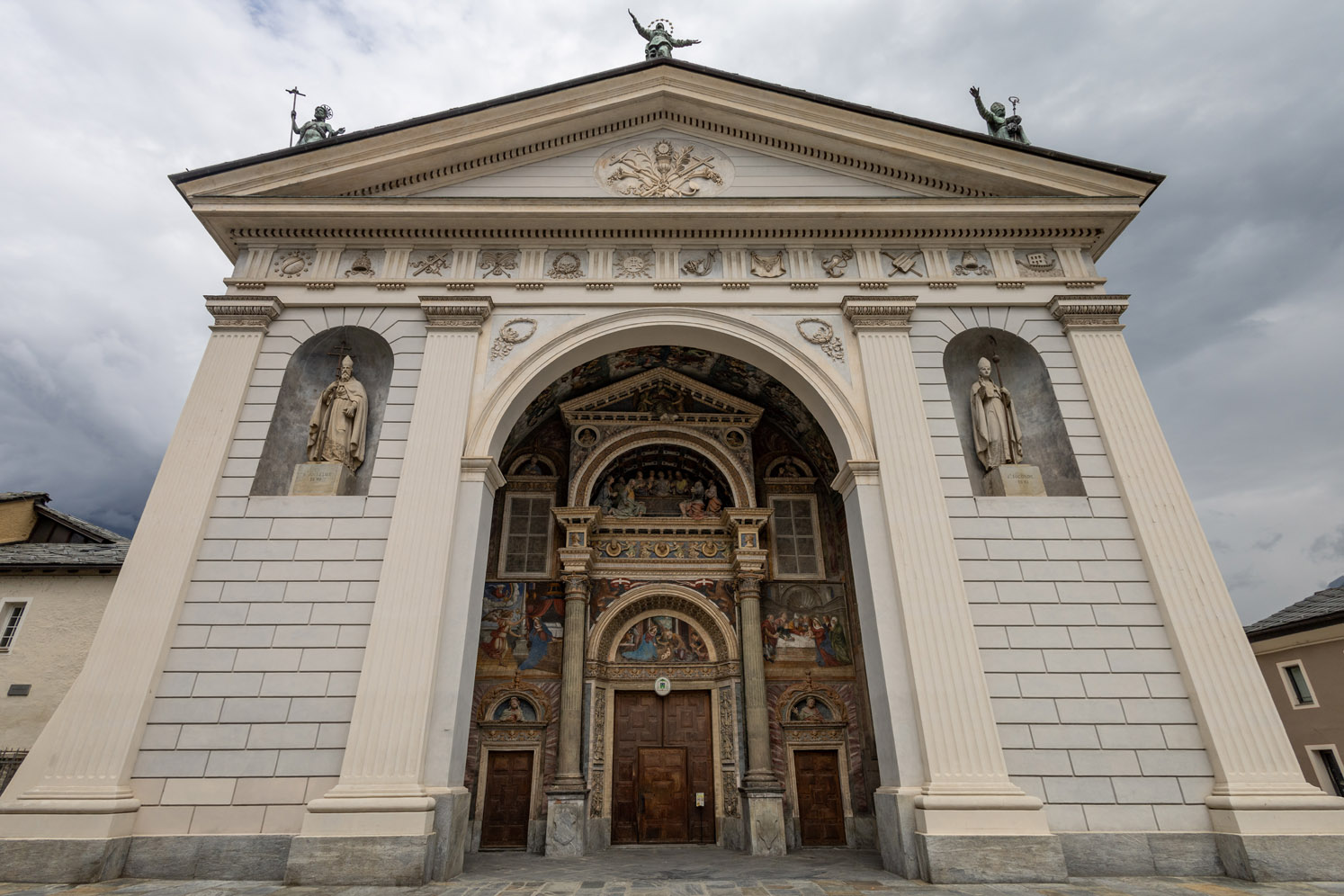
Aosta Aosta Cathedral
Aosta Cathedral
The Cathedral of Aosta is a monument of great historical and artistic value located in the center of the city.
Dedicated to St. Mary of the Assumption and St. John the Baptist, it is the bishop’s seat of the diocese of Aosta and one of the most important examples of sacred art in the Aosta Valley. History of Aosta Cathedral The origin of the cathedral dates back to the fourth century, when a Domus Ecclesiae was built on the site where the church stands today.
In the 11th century, the cathedral was completely rebuilt at the behest of Bishop Anselm I, who gave it a three-nave basilica plan with a major apse and two bell towers.
Over the following centuries, the cathedral underwent several transformations in Gothic, Renaissance and neoclassical styles, which enriched its appearance and artistic heritage. Features and treasures of Aosta Cathedral Today we can admire the neoclassical facade with its central portal and rose window, vaults frescoed with biblical and historical scenes, pipe organs, a carved wooden choir, the Romanesque crypt with the remains of the Domus Ecclesiae, and the cloister with early medieval frescoes.
The cathedral also houses the Treasury Museum, where precious objects of sacred art, such as reliquaries, chalices, crosses and liturgical vestments, are displayed.



Aosta Cathedral The History
The Cathedral of Aosta, a monument of great historical and artistic value located in the center of the city. Dedicated to St. Mary of the Assumption and St. John the Baptist, it is the bishop's seat of the diocese of Aosta and one of the most important examples of sacred art in the Aosta Valley.
Its origin dates back to the 4th century, when a Domus Ecclesiae was built on the site where the church stands today.
In the 11th century, the cathedral was completely rebuilt at the behest of Bishop Anselm I, who gave it a three-aisled basilica plan with a major apse and two bell towers.
In the following centuries, the cathedral underwent several transformations in Gothic, Renaissance, and Neoclassical styles, which enriched its appearance and artistic heritage.
Today we can admire the neoclassical facade with its central portal and rose window, vaults frescoed with biblical and historical scenes, pipe organs, carved wooden choir, Romanesque crypt with the remains of the Domus Ecclesiae, and cloister with early medieval frescoes.
The cathedral also houses the Treasury Museum, where precious objects of sacred art, such as reliquaries, chalices, crosses and liturgical vestments, are displayed.

Church of St. Lawrence
Chiesa Paleocristiana di San Lorenzo, Via Sant'Orso, Aosta, AO, Italia

Collegiate Church of St. Bear
Chiesa Collegiata dei Santi Pietro e Orso, Via Sant'Orso, Aosta, AO, Italia

Megalithic Area of Saint-Martin-de-Corléans
Area megalitica di Saint-Martin-de-Corléans, Corso Saint Martin de Corleans, Aosta, AO, Italia

Aosta Cathedral
Cattedrale di Santa Maria Assunta e San Giovanni Battista, Piazza Papa Giovanni XXIII, Aosta, AO, Italia

Cryptoportic Forensic
Criptoportico Forense, Piazza Papa Giovanni XXIII, Aosta, AO, Italia

Regional Archaeological Museum
Museo Archeologico Regionale, Piazza Pierre-Leonard Roncas, Aosta, AO, Italia

